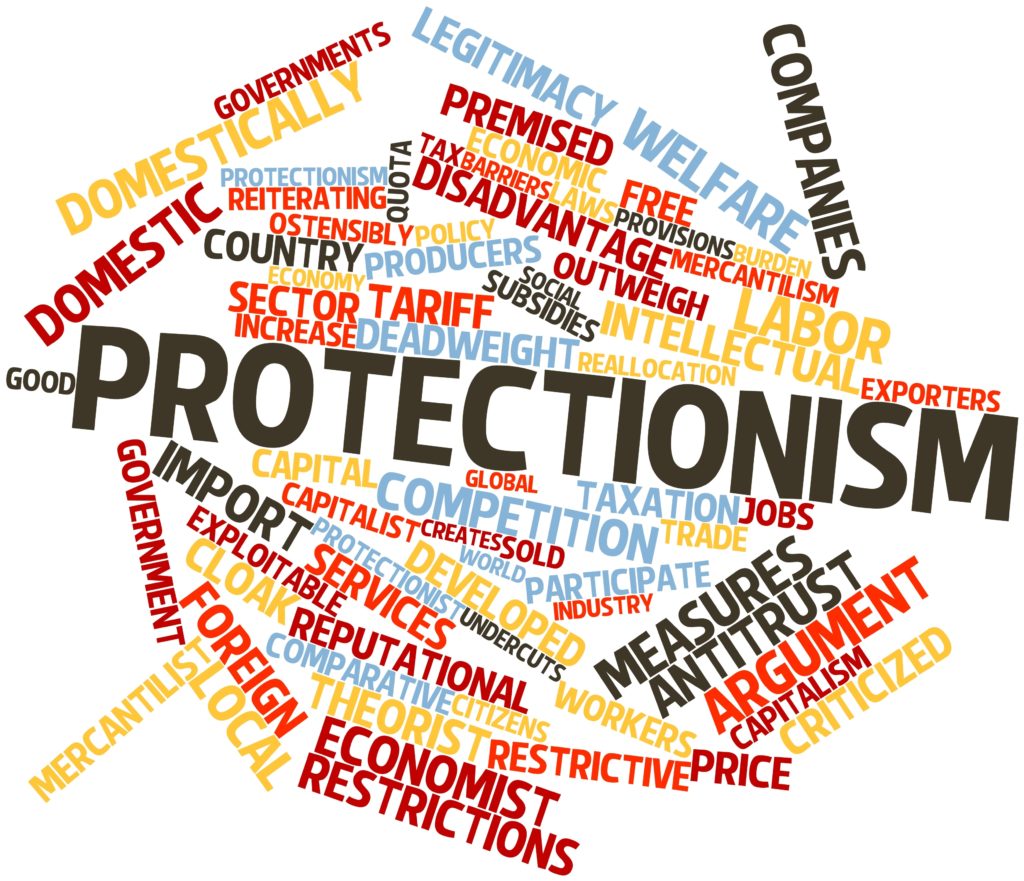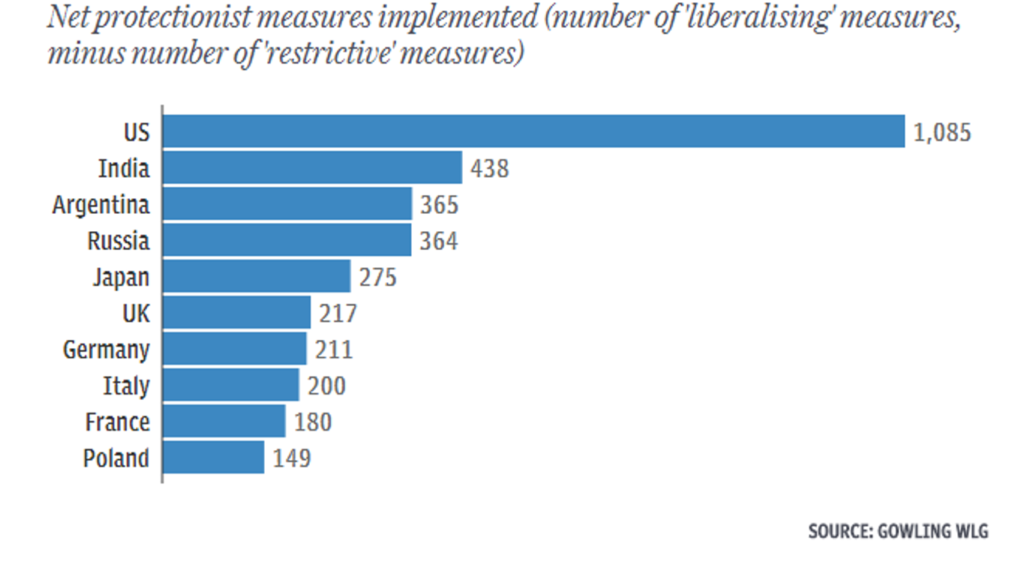
In recent times there has been a rise of protectionist policies and revisionist states. Democracies have increasingly being voting for nationalist leaders, in order to escape globalization and its extended upshots — increased immigration, unemployment, job competition, better revenues etc. However, one should remember globalization has been taking place for eons of centuries and it is here to stay.
Simply closing your economy, enhancing tariffs or plugging the migration trend will not help. With technological advancements and innovations, the world is interconnected and interdependent more than ever. Established trade links, or formation of new ones for that matter, serve as a lifeline for any economy or nation to flourish. Of course once this happens, there will be movement not just of natural resources or manufactured goods but also of the human population. Many a times, this has also led to a kind of exodus of people to obtain better life chances, quite often leading to an anomaly.
Europe’s Migrant Crisis is emblematic of this anomaly. The 2015 crisis is considered to be one of the world’s most severe displacement crisis in the recent times. Key drivers of this migration are Syrian civil war, on—going violence in Iraq and Afghanistan, human abuses in Eritrea and poverty in Kosovo; with most of them seeking asylums in Germany, Hungary and Turkey among few others. Notably, geopolitical tensions in these nations with respect to social anomalies, competition for natural resources, disproportionate ratio of jobs and job seekers etc. are rising in the EU with identity politics coming into play. Countries such as Greece, Italy and Hungary visibly expressed their concern of having to face this disproportionate burden and at times lacking on account of an overwhelming national emergency response capacities. Markedly, Britain voting out of EU was then a no surprise given the Euroscepticism in wake of chaotic influx of millions of refugees/ migrants to the continent. Thus, a slow withdrawal of the global north is being observed now, who are strongly inclined towards protectionism.
What is Protectionism?
It is a policy instrument intended to protect domestic industries at the expense of global trade. It entails a range of tariffs, import quotas, subsidies, and other restrictions placed on foreign competitors. Government-levied taxes are the most common tactic which make the imported items less attractive in terms of prices versus domestic products.

Even though majority of economists side with free trade mechanism, yet few countries are implementing a string of protectionist policies. They often argue that such protectionist measures can stimulate domestic industries, especially in countries afflicted by recession or any other economic abnormality. Such measures have been applied in past as well, like in Europe post World War I the customs barriers were raised.
In present days, there is also tightening of migration policies in response to migrant influx, especially in the West. Governments in these nations have drastically reduced foreign worker quota, imposing tougher entry requirements. One such recent example is USA tightening H-1B work visas.
Protectionism and Environment
Not only the economy but the environment too suffers in wake of such revisionist strategies. Manufacture and trade evidently affect the environment, and many a times these impressions are negative. Though true that trade does damage environment; equally true is that trade also leads nations to prosperity along with impacting environment the right way. This is because it improves resource allocation, by allowing goods and services to be well distributed. It also has the ability to economic and social development by means of better environmental management. This is clearly depicted by Grossman and Krueger’s Environmental Kuznets curve which describes the relationship between economic growth and environmental indicators.
“Grossman and Krueger (1991) proposed that some environmental indicators, such sulfur dioxide and suspended particulates, improved as incomes and levels of consumption went up. In a follow-up work Grossman and Krueger (1995) analyzed environmental indicators and national GDPs within 42 countries around the world. The authors showed that for some environmental indicators (sulfur dioxides and suspended particulates) economic growth brings an initial phase of environmental deterioration followed by a subsequent phase of improvement after some turning point (Grossman and Krueger, 1995). This finding led the authors to purport that sulfur dioxide and suspended particulate levels follow an inverse U-shaped relationship with GDP through time (Grossman and Krueger, 1995).” link
In other words, as countries advance to middle—level per—capita income, emissions tend to rise, however after having achieved high—level income growth this environmental degradation experiences steep decline— i.e. the inverse U—shape. In this light, then the Paris Climate Agreement and SDGs gain more precedence as they enable sustainable economic growth with concerted efforts towards reversing the environmental degradation and climate change.

Hence, liberal policies are critical for growth versus the protectionist measures which in turn influences environmental indicators for better or for worse. Completely shunning away free trade agreements, pulling out of climate treaty or nationalizing sources like oil and coal— is definitely not the way forward. Whether it is the US, Middle East or India or any other nation— trade partnerships and an open market are mandatory to growth, development and environmental management. Protectionist measures in times of globalization that too in 21st century will not aid but rather halt the growth.

